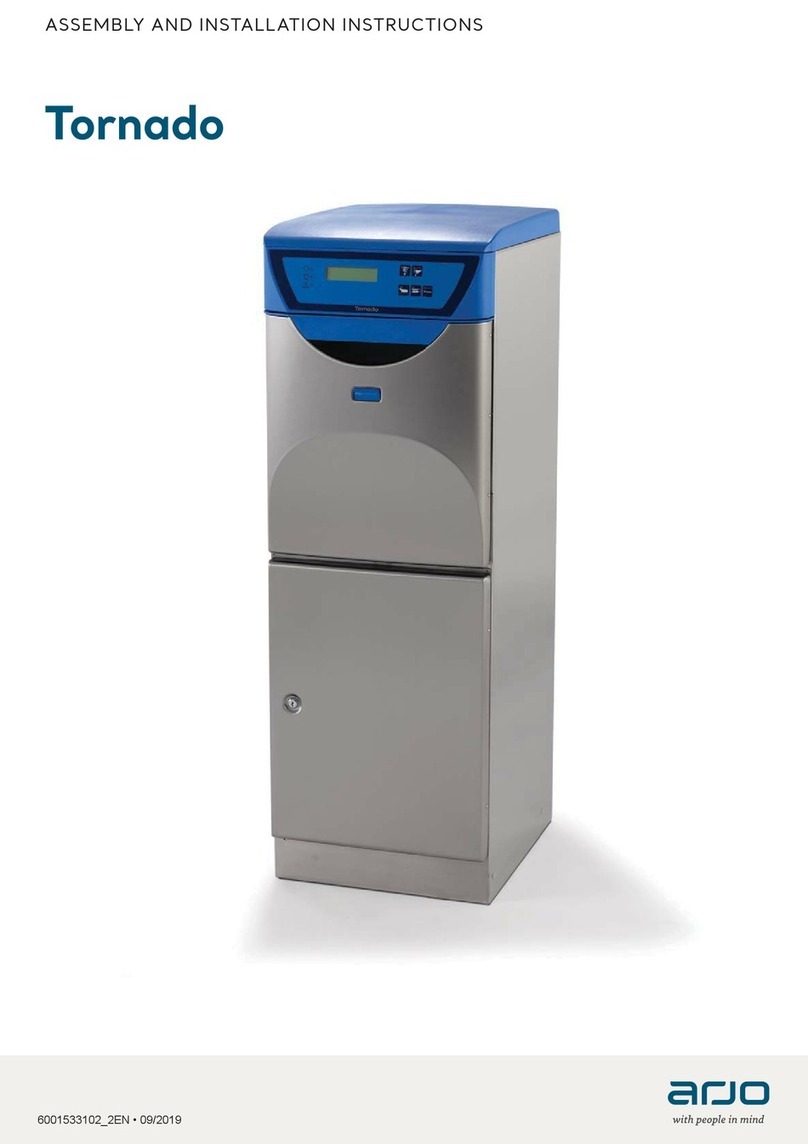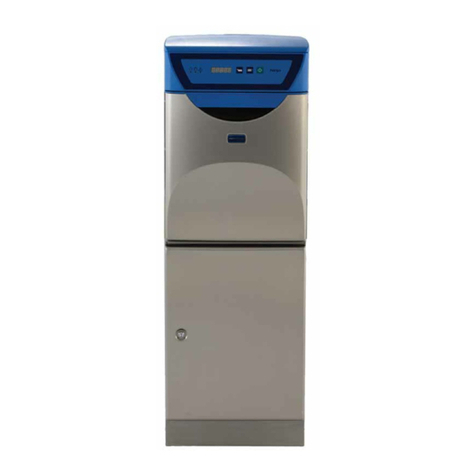
3
Contents
PREFACE............................................................................................................................4
1 SAFETY PRECAUTIONS..............................................................................................5
1.1 Important..............................................................................................................6
1.2 Make sure assembly and installation work is carried out by................................7
1.3 Isolator switch......................................................................................................7
1.4 In an emergency..................................................................................................7
1.5 Product liability.....................................................................................................7
1.6 Attention symbols.................................................................................................7
2 INSTALLATION..............................................................................................................8
2.1 General................................................................................................................8
2.1.1 Make sure assembly and installation work is carried out......................8
2.1.2 Installation order ...................................................................................8
2.2 Unpacking............................................................................................................9
2.3 Diagram showing dimensions and hole pattern.................................................10
2.4 Positioning .........................................................................................................11
2.5 Connecting water...............................................................................................14
2.6 Connecting electric power .................................................................................14
2.6.1 Coupling alternative ............................................................................15
2.7 When the work is complete, check that .............................................................16
2.8 Function check...................................................................................................17
3 TECHNICAL DATA.......................................................................................................19
3.1 Dimensions and weights....................................................................................19
3.2 Connections.......................................................................................................20
3.3 Miscellaneous....................................................................................................21
3.4 Environmental requirements..............................................................................21
3.5 Protection class .................................................................................................21
3.6 Accessories........................................................................................................22
4 WATER QUALITY........................................................................................................23
5 END OF LIFE DISPOSAL............................................................................................25





























